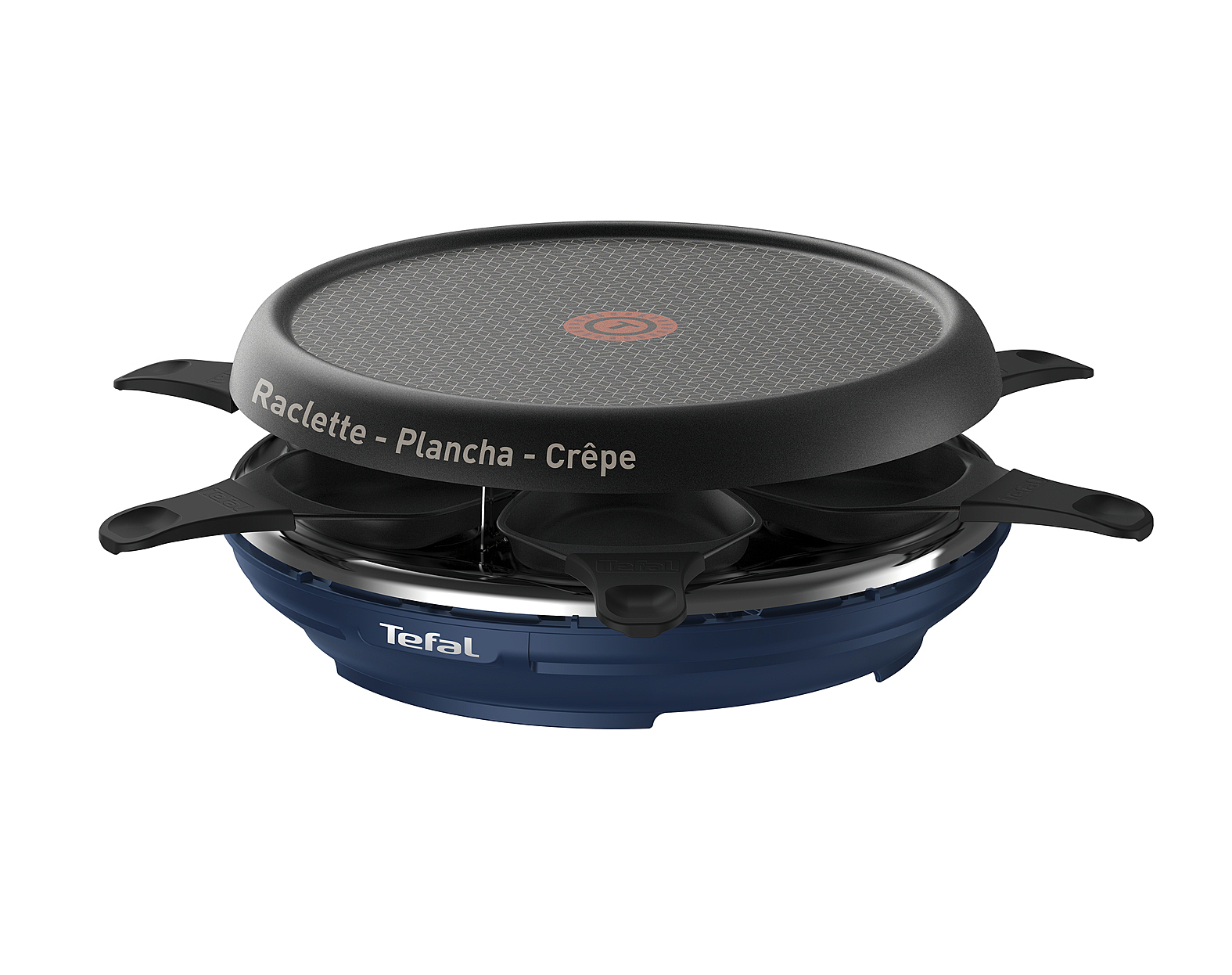Caseum development is the process of lipid enrichment with necrosis
Par un écrivain mystérieux
Last updated 30 mai 2024

Download scientific diagram | Caseum development is the process of lipid enrichment with necrosis, leading to cause treatment failure. Following the formation of granuloma against Mtb infection, necrotized foamy macrophages that surround the caseous center gradually begin to form the lipid-rich environment of the caseum. Caseum includes high TAG, cholesterol, lactosylceramide, and cholesterol ester. These lipid species are utilized for the replication of Mtb as well as induce a dormancy state that decreases drug efficacy. In the granuloma, Mtb-infected macrophages become lipid-rich foamy macrophages. Moreover, caseous necrosis with the necrotic death of infected foamy macrophages by activated T cells produces interferons and activates adjacent macrophages to lead to caseous necrosis. In addition, TAG-rich foamy macrophages are present in necrotic granulomas, and the presence of these macrophages is associated with a high level of TNF-α in the necrotic core. Take together acceleration of necrotic cell death in caseous foci provides nutrients for replication and confers TB drug tolerance to Mtb, suggesting inhibition of mycobacterial clearance, resulting in treatment failure. Mtb Mycobacterium tuberculosis, TAG triacylglyceride, TNF-α tumor necrosis factor-α from publication: Revolutionizing control strategies against Mycobacterium tuberculosis infection through selected targeting of lipid metabolism | Lipid species play a critical role in the growth and virulence expression of Mycobacterium tuberculosis (Mtb), the causative agent of tuberculosis (TB). During Mtb infection, foamy macrophages accumulate lipids in granulomas, providing metabolic adaptation and survival | Mycobacterium Tuberculosis, Lipid Metabolism and Drug Tolerance | ResearchGate, the professional network for scientists.

Biomedicines, Free Full-Text
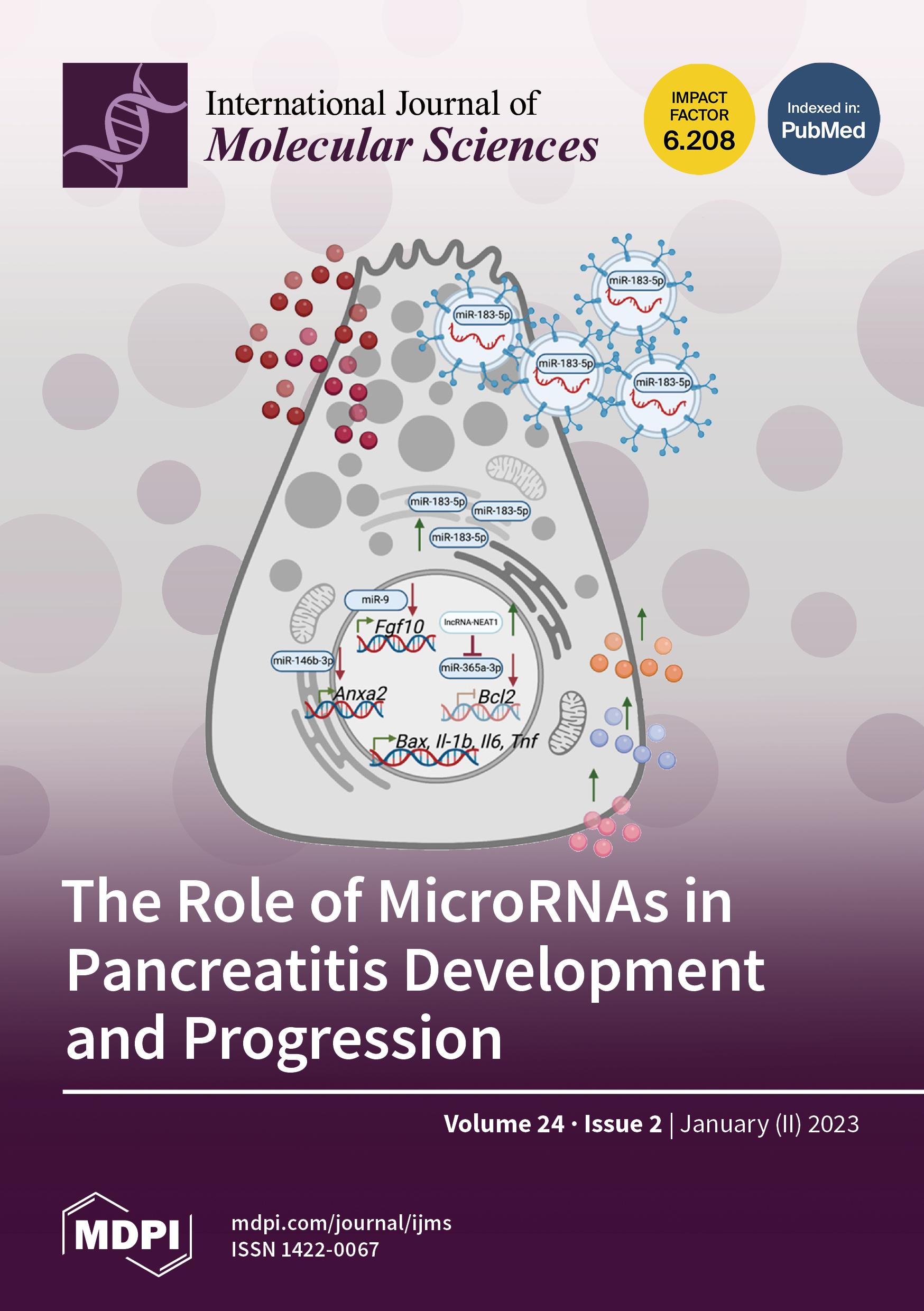
IJMS January-2 2023 - Browse Articles
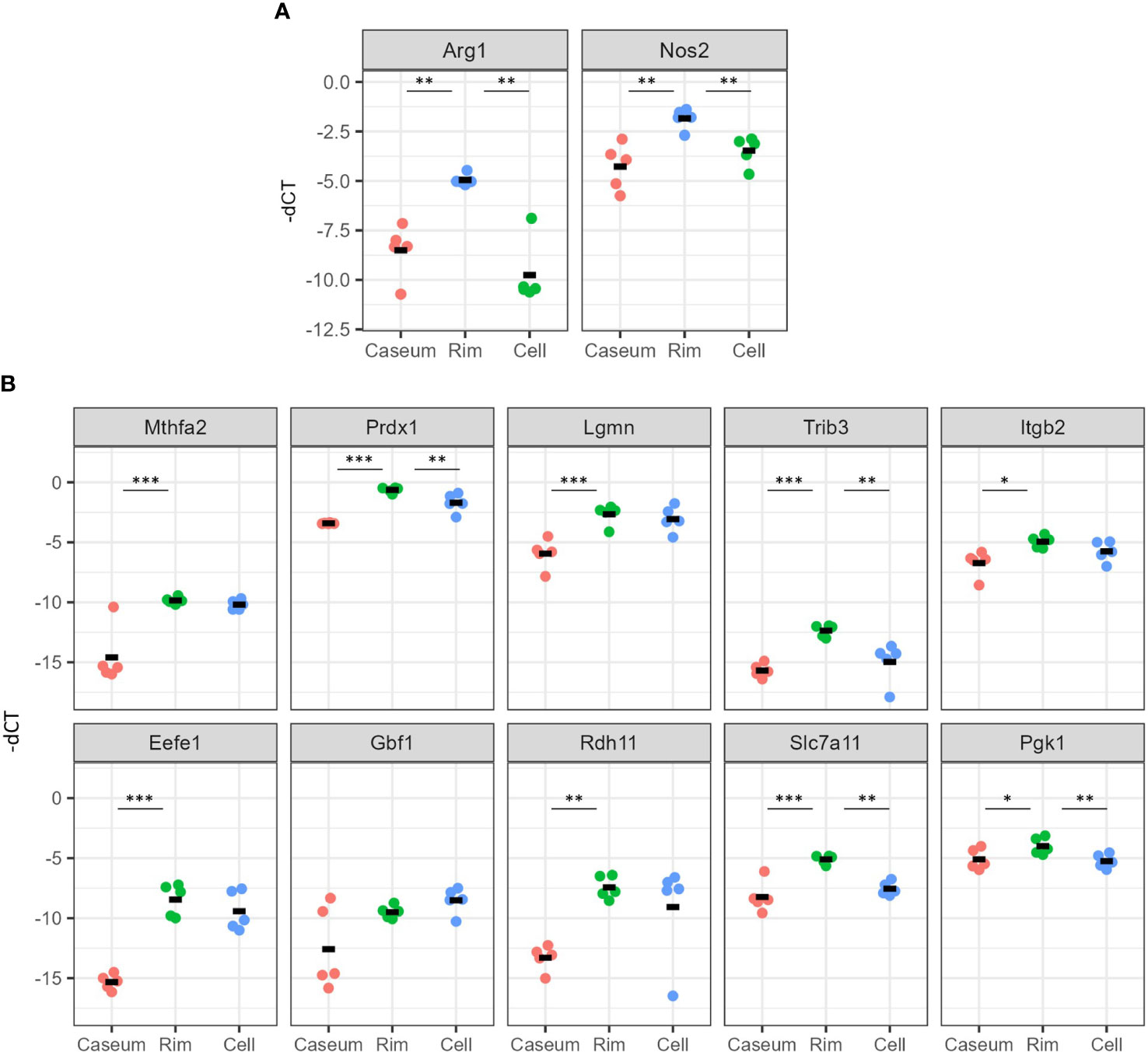
Frontiers Spatial multiomic profiling reveals the novel polarization of foamy macrophages within necrotic granulomatous lesions developed in lungs of C3HeB/FeJ mice infected with Mycobacterium tuberculosis
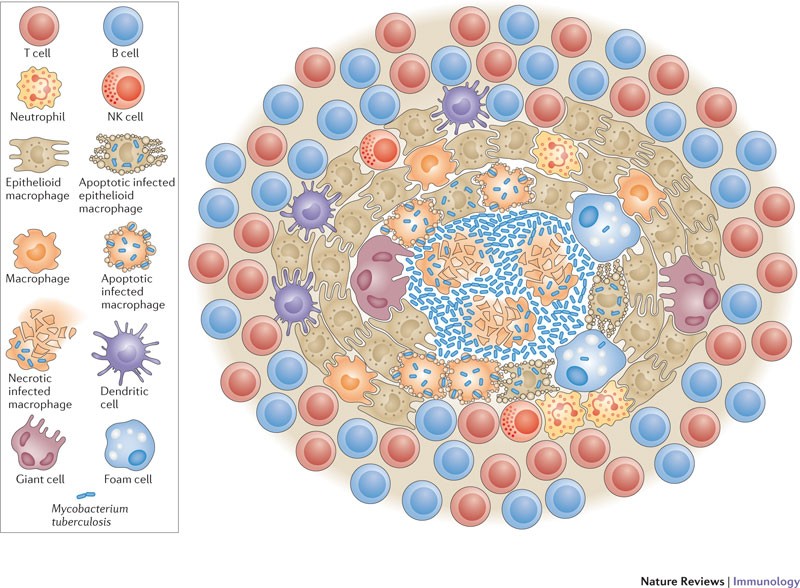
Revisiting the role of the granuloma in tuberculosis

Inflammatory signaling in human tuberculosis granulomas is spatially organized. - Abstract - Europe PMC

WNT6-ACC2-induced accumulation of triacylglycerol rich lipid droplets is exploited by M. tuberculosis

WNT6-ACC2-induced accumulation of triacylglycerol rich lipid droplets is exploited by M. tuberculosis

Effect of PZA on the extent of bacterial killing or CEQ/CFU ratio at

WNT6-ACC2-induced accumulation of triacylglycerol rich lipid droplets is exploited by M. tuberculosis
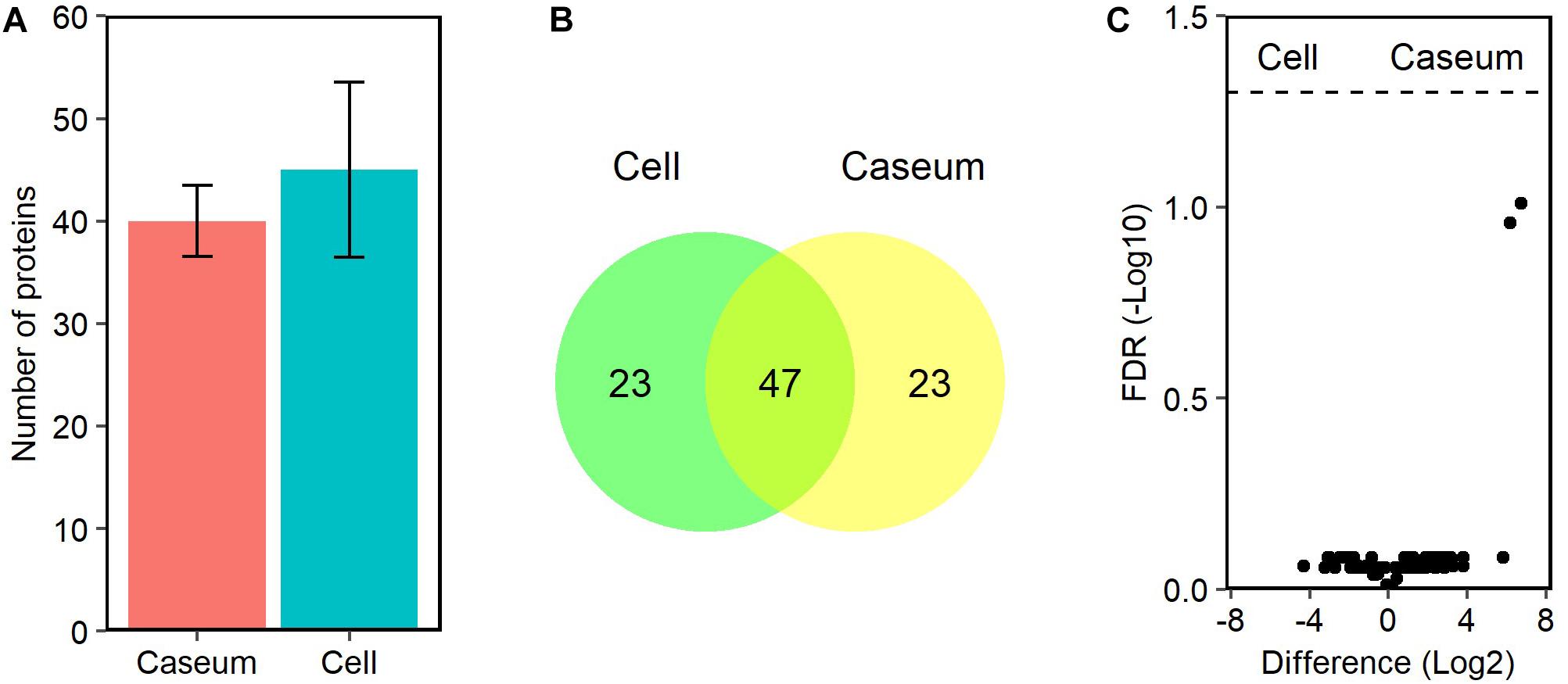
Frontiers Proteomic Profiling Reveals the Architecture of Granulomatous Lesions Caused by Tuberculosis and Mycobacterium avium Complex Lung Disease

PDF) Lineage-specific differences in lipid metabolism and its impact on clinical strains of Mycobacterium tuberculosis

Caseation of human tuberculosis granulomas correlates with elevated host lipid metabolism
Recommandé pour vous
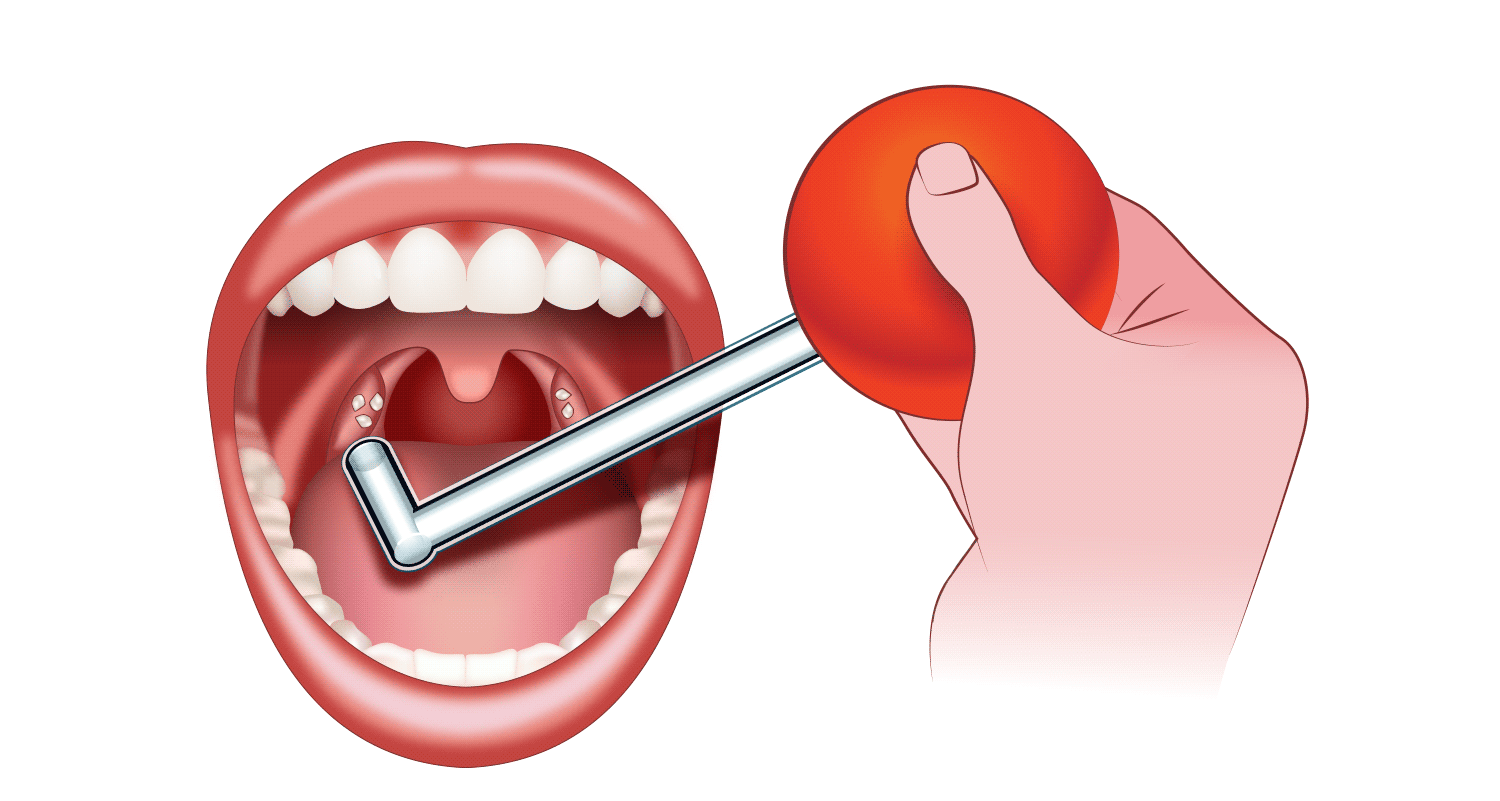 Caséum ? Top 10 des meilleurs produits (2024) - Dentiwiki14 Jul 2023
Caséum ? Top 10 des meilleurs produits (2024) - Dentiwiki14 Jul 2023 Caseum: a Niche for Mycobacterium tuberculosis Drug-Tolerant Persisters14 Jul 2023
Caseum: a Niche for Mycobacterium tuberculosis Drug-Tolerant Persisters14 Jul 2023- 🔴Le #caséum 👇: est un - Médecine dentaire en poche14 Jul 2023
 Codo izquierdo con secreci?n de material blanquecino (caseum) en un14 Jul 2023
Codo izquierdo con secreci?n de material blanquecino (caseum) en un14 Jul 2023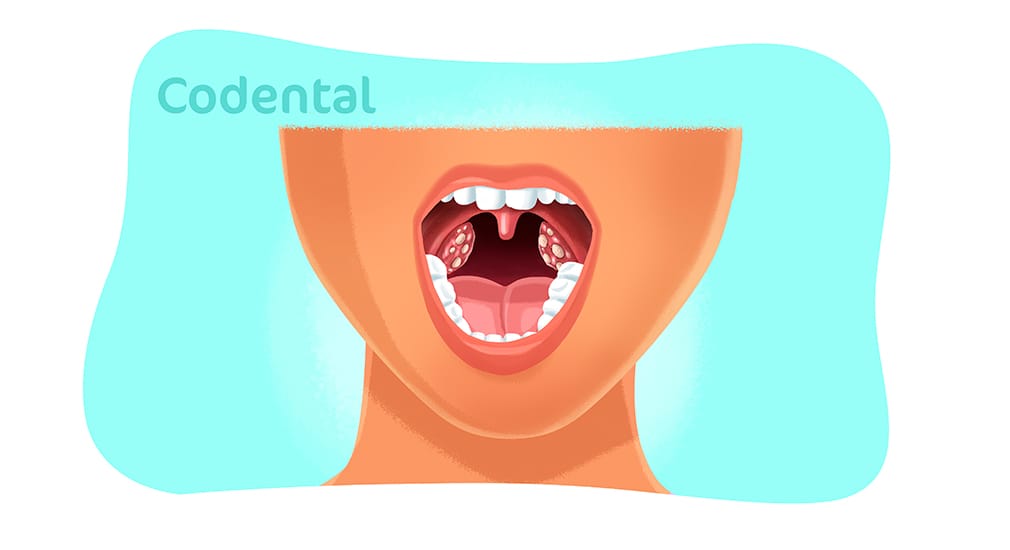 Caseum: tudo o que você precisa saber14 Jul 2023
Caseum: tudo o que você precisa saber14 Jul 2023- Découvrez comment je me débarrasse du caséum ! 😷 #soin #hygiene #hal14 Jul 2023
- Caseum, conheça mais detalhes sobre essas bolinhas brancas – Clínica Baraldo – Blog14 Jul 2023
 Jet dentaire portable, hydropulseur de voyage mécanique, élimine le caséum, pas besoin d'électricité pour cet irrigateur dentaire sans fil, Jet Dentaire Doux14 Jul 2023
Jet dentaire portable, hydropulseur de voyage mécanique, élimine le caséum, pas besoin d'électricité pour cet irrigateur dentaire sans fil, Jet Dentaire Doux14 Jul 2023 Amygdales cryptique14 Jul 2023
Amygdales cryptique14 Jul 2023 Soins Des Oreilles - Kit Hygiène Cure Oreille Acier Inoxydable Seringue Lavage Nez Pipette Extraction Caséum Amygdale 3 - Cdiscount Au quotidien14 Jul 2023
Soins Des Oreilles - Kit Hygiène Cure Oreille Acier Inoxydable Seringue Lavage Nez Pipette Extraction Caséum Amygdale 3 - Cdiscount Au quotidien14 Jul 2023
Tu pourrais aussi aimer
- Appareil à raclette Tefal Colormania, Plancha électrique, Crêpe, 614 Jul 2023
 Ciseaux cranteur ergono Fuschia - - Tissus des Ursules14 Jul 2023
Ciseaux cranteur ergono Fuschia - - Tissus des Ursules14 Jul 2023 Embout De Stylo à Mordiller - Ark Sabre - Rouge - Tournebidouille14 Jul 2023
Embout De Stylo à Mordiller - Ark Sabre - Rouge - Tournebidouille14 Jul 2023 Ballons CoComelon en Grappe - Anniversaire CoComelon14 Jul 2023
Ballons CoComelon en Grappe - Anniversaire CoComelon14 Jul 2023 Pukka Infusion Feel New 20 Sachets14 Jul 2023
Pukka Infusion Feel New 20 Sachets14 Jul 2023 LEGO 10 NEW FEMALE GIRL MINIFIGURES TOWN CITY SERIES FRIENDS FIGURES14 Jul 2023
LEGO 10 NEW FEMALE GIRL MINIFIGURES TOWN CITY SERIES FRIENDS FIGURES14 Jul 2023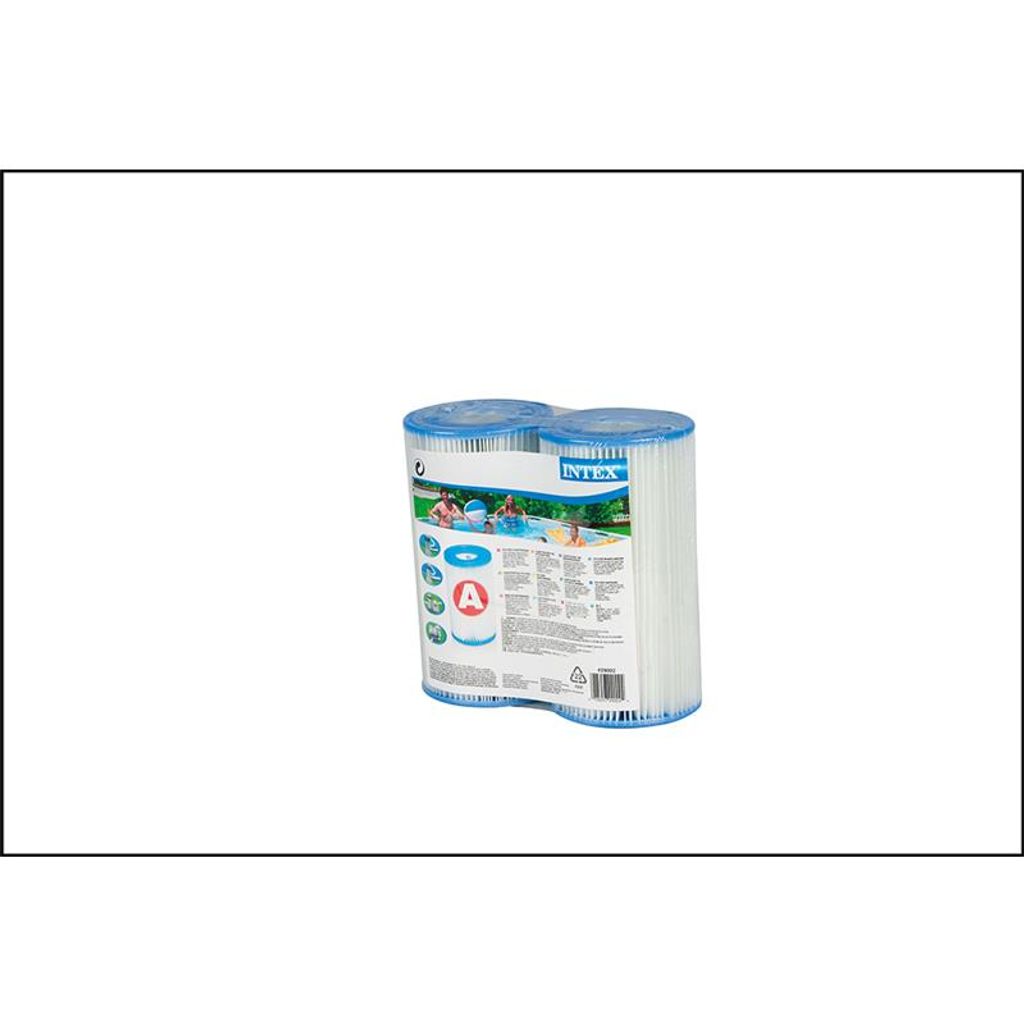 INTEX Náhradní filtrační kartuše typ A, twin14 Jul 2023
INTEX Náhradní filtrační kartuše typ A, twin14 Jul 2023 T-SHIRT NIKE HOMME : Ô Sports Equipementier Sportif14 Jul 2023
T-SHIRT NIKE HOMME : Ô Sports Equipementier Sportif14 Jul 2023 Bougies parfumées en verre transparent épais et mèche en bois14 Jul 2023
Bougies parfumées en verre transparent épais et mèche en bois14 Jul 2023 Sauce Hoisin AMOY 482g Chine14 Jul 2023
Sauce Hoisin AMOY 482g Chine14 Jul 2023


